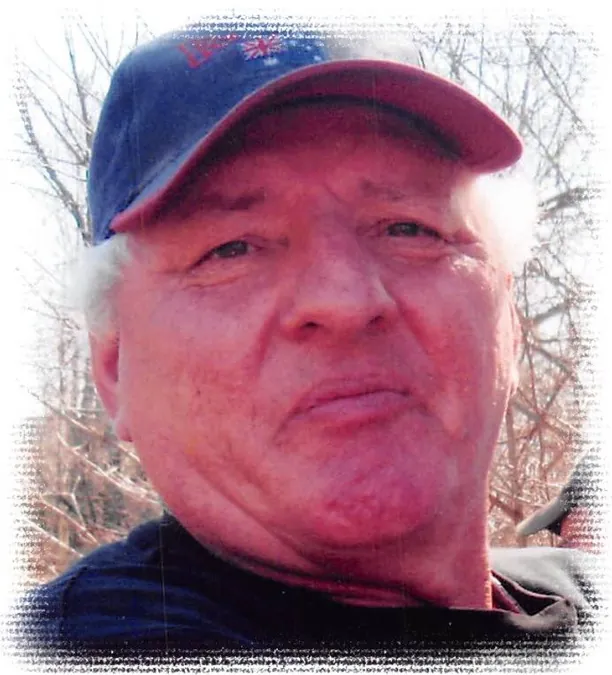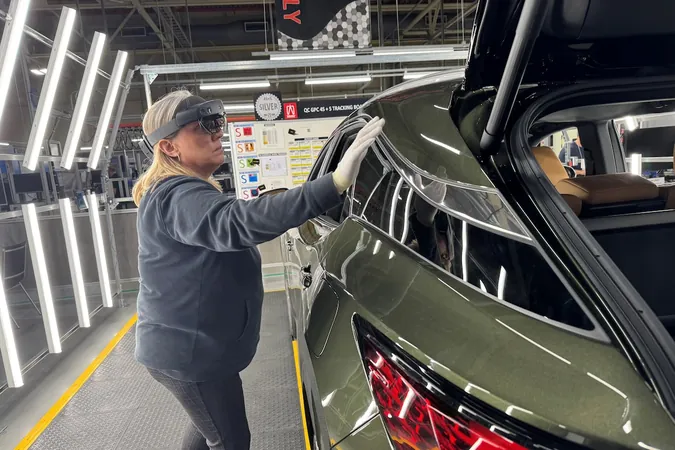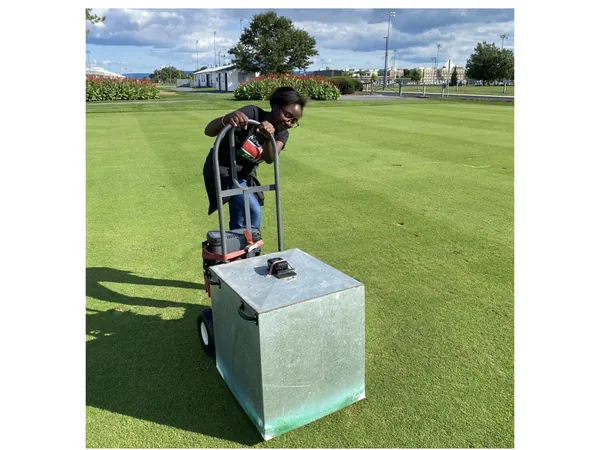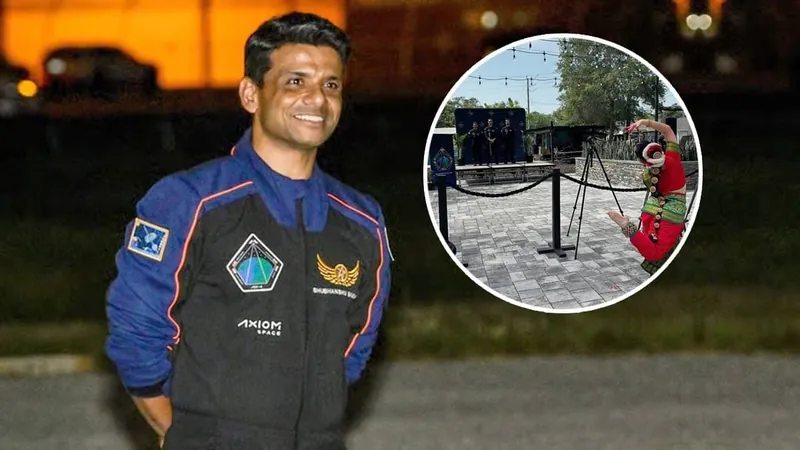
Controversy Erupts Over Temporary Asylum Structures in Kanata: Residents Rally for Change
2024-11-10
Author: Liam
Summary
Residents of Kanata are rising up against the installation of tent-like structures intended to accommodate asylum seekers. The issue has garnered significant attention, culminating in a rally held this past Saturday as concerned citizens voiced their objections.
Newcomer Welcoming Centre
According to a memo released by the city, a site at 40 Hearst Way, adjacent to the Eagleson Park and Ride in Kanata South, will serve as a "newcomer welcoming centre." This initiative follows the announcement of a similar structure set for 1645 Woodroffe Ave, conveniently located near the Nepean Sportsplex.
Community Pushback
The pushback from the community is particularly vocal in Barrhaven, where previous rallies have taken place. Initially, the area at the intersection of Greenbank Road and Highbury Park Drive was considered for placement of the new structures, though it has since been removed from the shortlist.
Freedom of Information Request
A recent freedom of information request, which revealed various internal communications, highlights a concerted effort among Barrhaven city councillors and the Barrhaven Business Improvement Area (BIA) to prevent the newcomer centre from being built in their community. This including dozens of emails and texts from local councillors David Hill and Wilson Lo aimed at managing the narrative against the installation.
Concerns Over Structure
In one email, Andrea Steenbakkers, executive director of the Barrhaven BIA, expressed her concerns, calling the tent structure a potential "eyesore" that would be too close to local schools, raising worries about the proximity to families and children. "It's difficult to understand how this location in suburbia could be suitable for a structure intended to last between 25 to 40 years," she stated, noting that over 60 alternative sites had been considered.
Potential Conflicts of Interest
The chair of the Barrhaven BIA, Jason MacDonald, openly admitted his vested interest in the matter, stating that he owns a business in direct proximity to the proposed site. This has sparked questions about potential conflicts of interest within the BIA regarding its opposition to the project.
BIA's Defense
The Barrhaven BIA released a statement indicating that it is standard practice for organizations like theirs to influence development decisions that affect the community. They defended their stance, noting ongoing communication with local councillors and advocating for alternatives that align better with taxpayer interests.
Councillors' Perspectives
Councillor Lo, one of the primary voices against the sprung structures, emphasized that their opposition wasn't rooted in xenophobia but rather in finding a more sustainable solution to the city's migrant crisis. "It's about the built environment and ensuring we can better leverage existing small-scale services already in our community," he clarified.
On the other hand, Councillor Marty Carr expressed her astonishment at the BIA's outright rejection of the proposal, pointing out that many local businesses benefit from the labor of newcomers. Similarly, Councillor Sean Devine highlighted the support within the community for the incoming asylum seekers and mentioned that the site was strategically chosen for its close access to transportation and city facilities, ensuring that critical support services would be provided on-site to assist newcomers during their temporary stay of 30 to 90 days.
Ongoing Debate
As Ottawa grapples with the implications of global migration trends, city officials are hopeful that these initiatives will reduce the burden on local shelters and overflowing community centers. Yet, the public sentiment remains divided, with over 6,000 signatures collected on a petition opposing the structures, which calls for a reevaluation of their locations to lessen their impact on established neighborhoods.
With another rally set for Sunday to further protest the Nepean structure, the debate continues to unfold within the community, revealing the complexities and conflicts surrounding the integration of asylum seekers in suburban areas.









 Brasil (PT)
Brasil (PT)
 Canada (EN)
Canada (EN)
 Chile (ES)
Chile (ES)
 Česko (CS)
Česko (CS)
 대한민국 (KO)
대한민국 (KO)
 España (ES)
España (ES)
 France (FR)
France (FR)
 Hong Kong (EN)
Hong Kong (EN)
 Italia (IT)
Italia (IT)
 日本 (JA)
日本 (JA)
 Magyarország (HU)
Magyarország (HU)
 Norge (NO)
Norge (NO)
 Polska (PL)
Polska (PL)
 Schweiz (DE)
Schweiz (DE)
 Singapore (EN)
Singapore (EN)
 Sverige (SV)
Sverige (SV)
 Suomi (FI)
Suomi (FI)
 Türkiye (TR)
Türkiye (TR)
 الإمارات العربية المتحدة (AR)
الإمارات العربية المتحدة (AR)